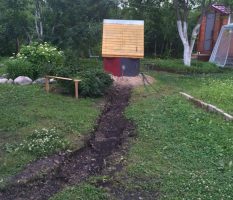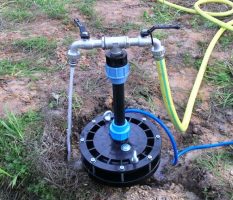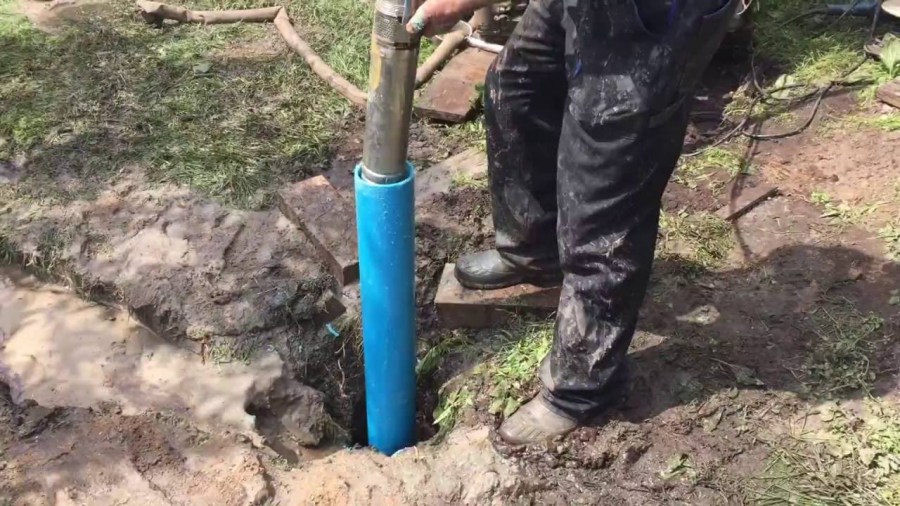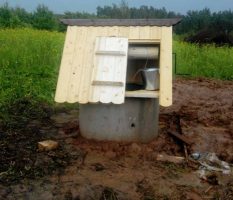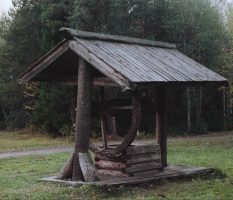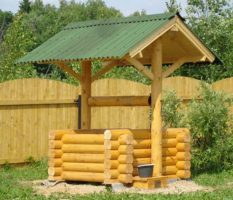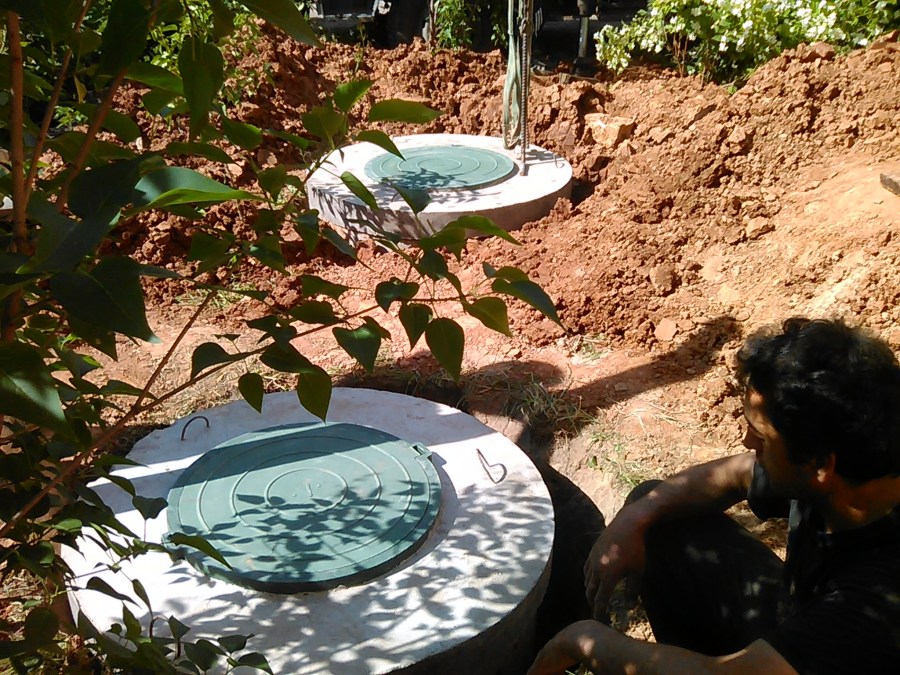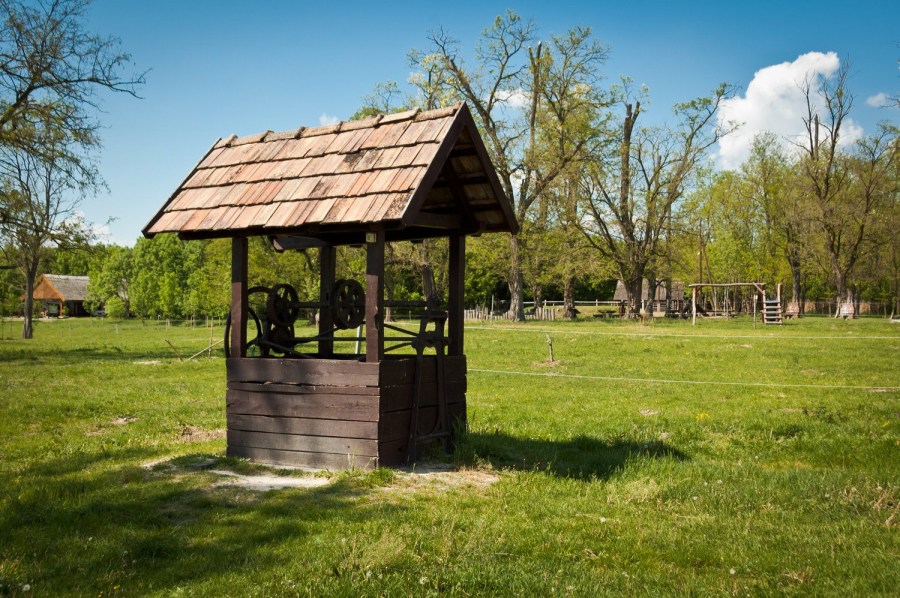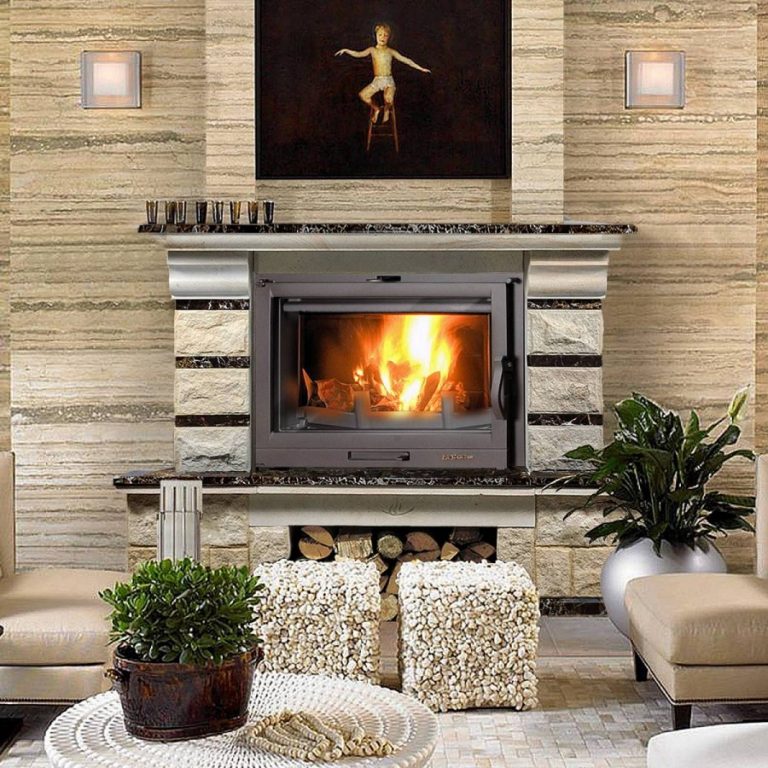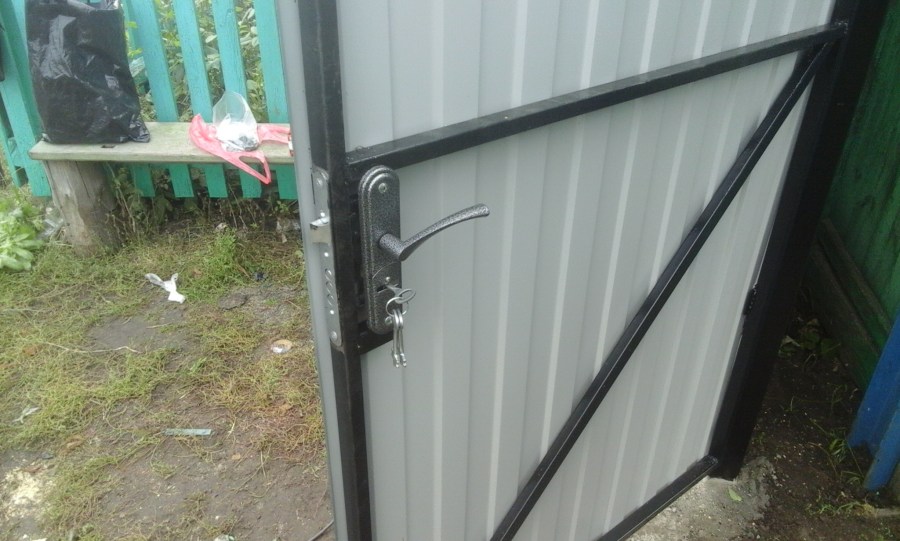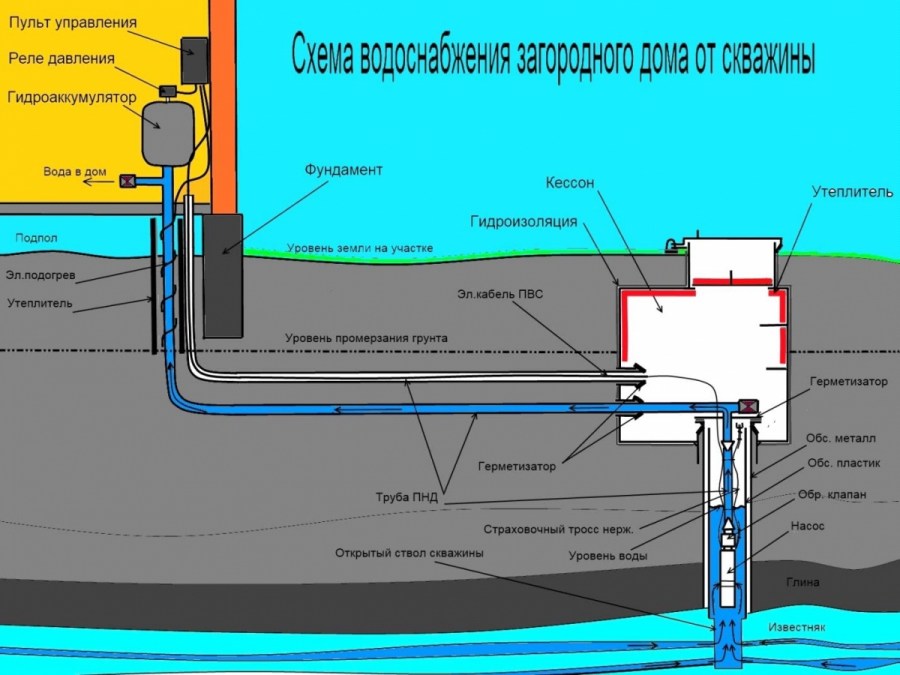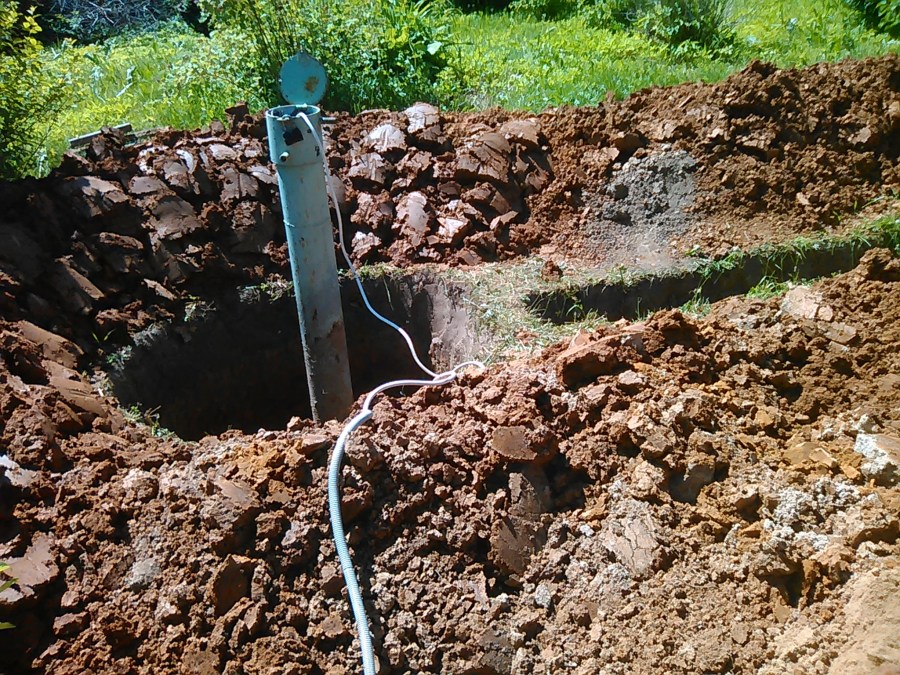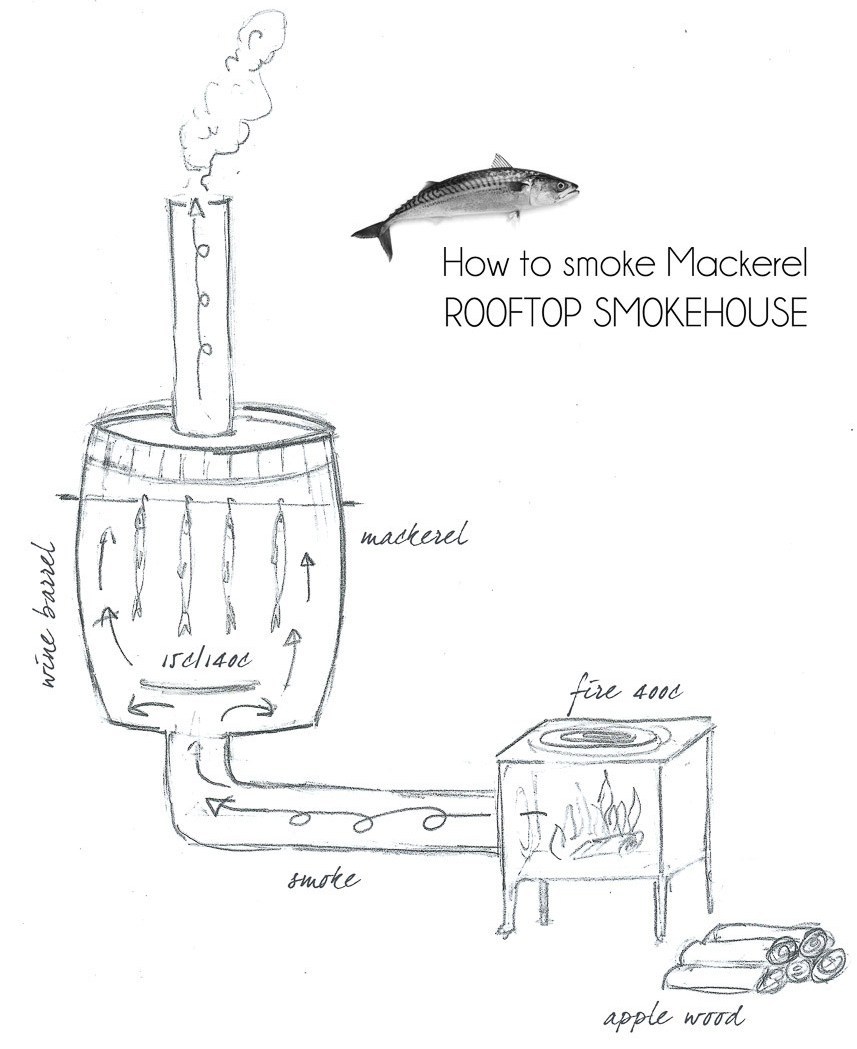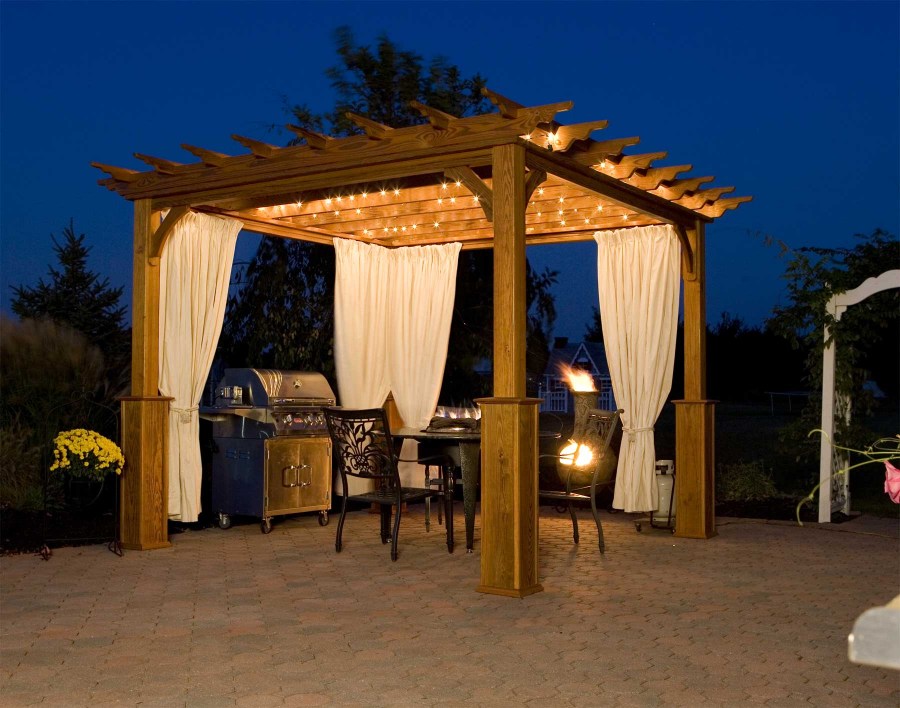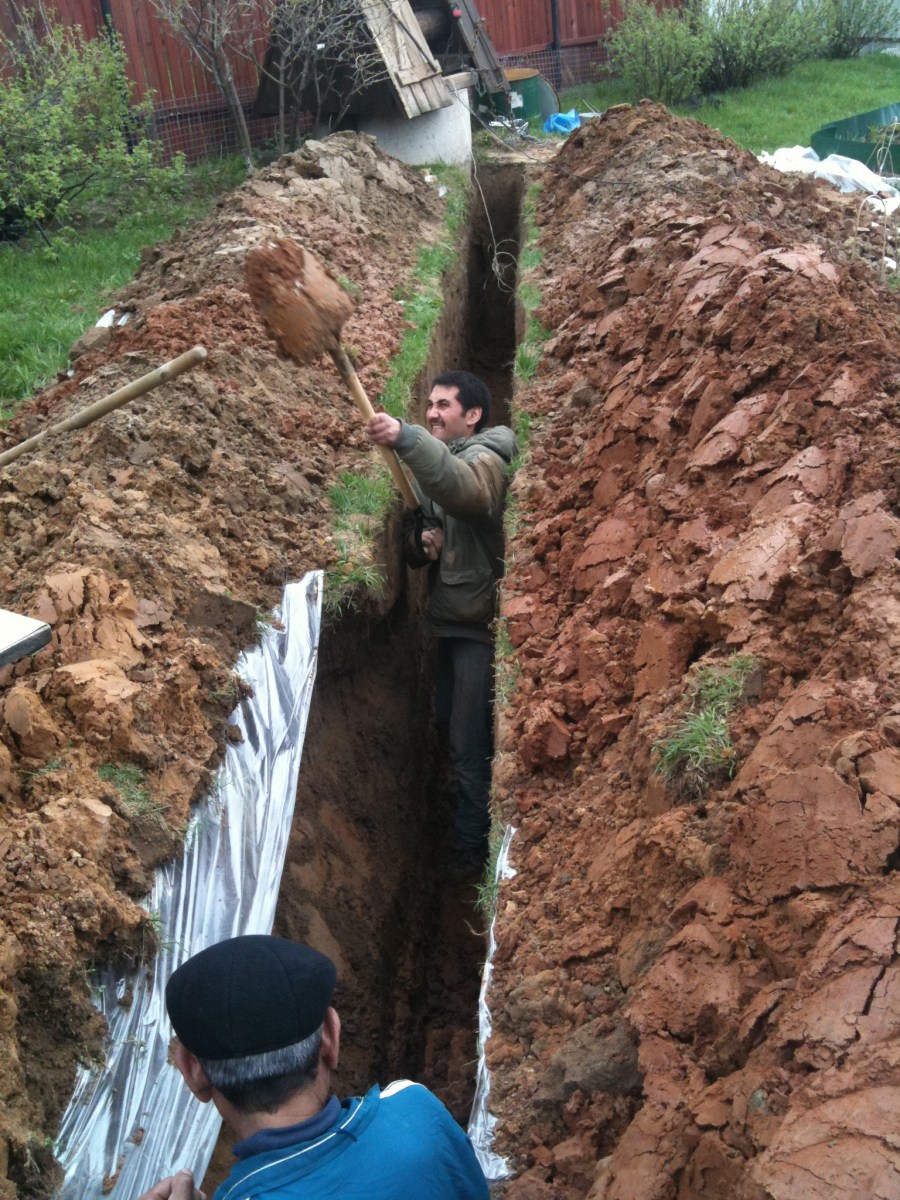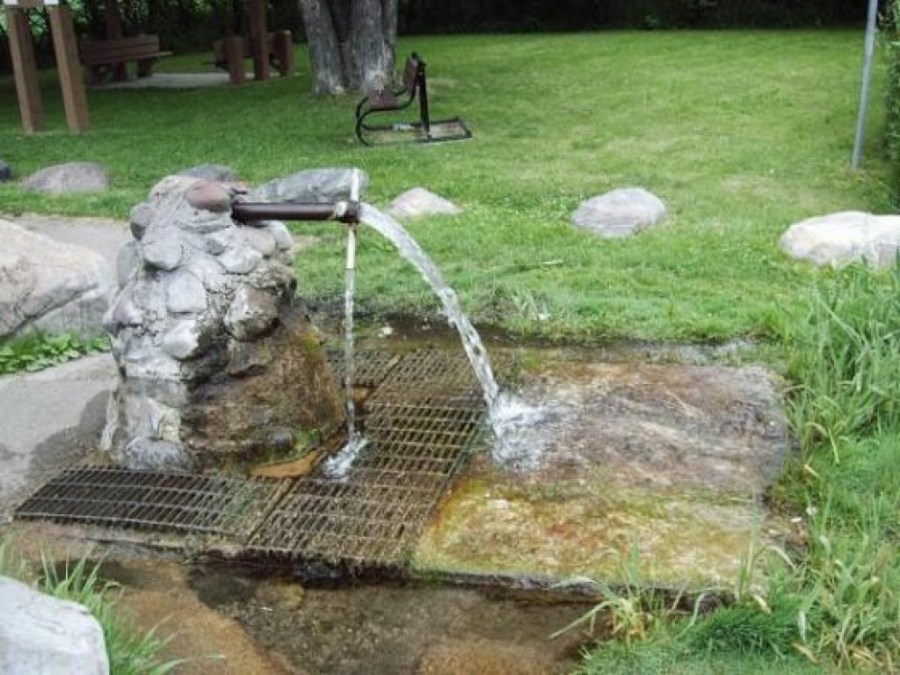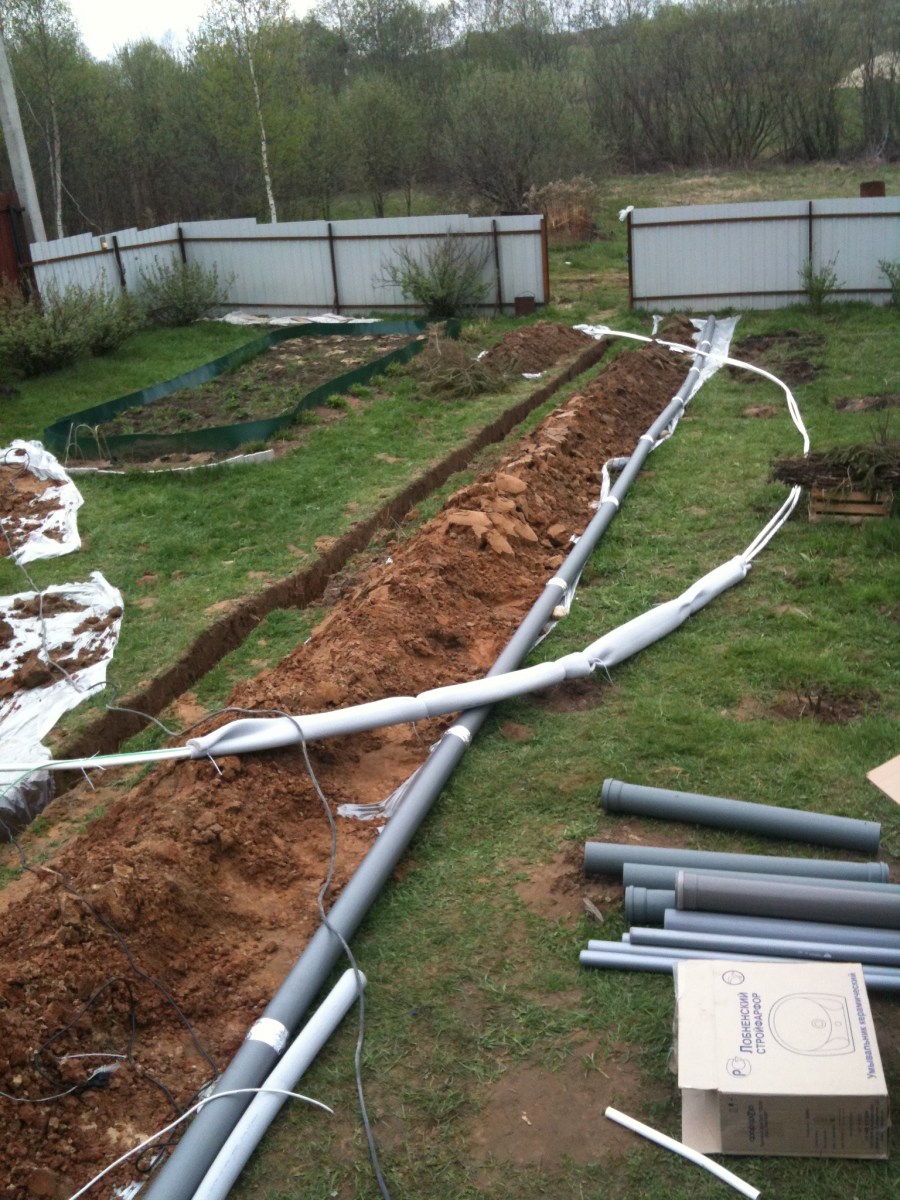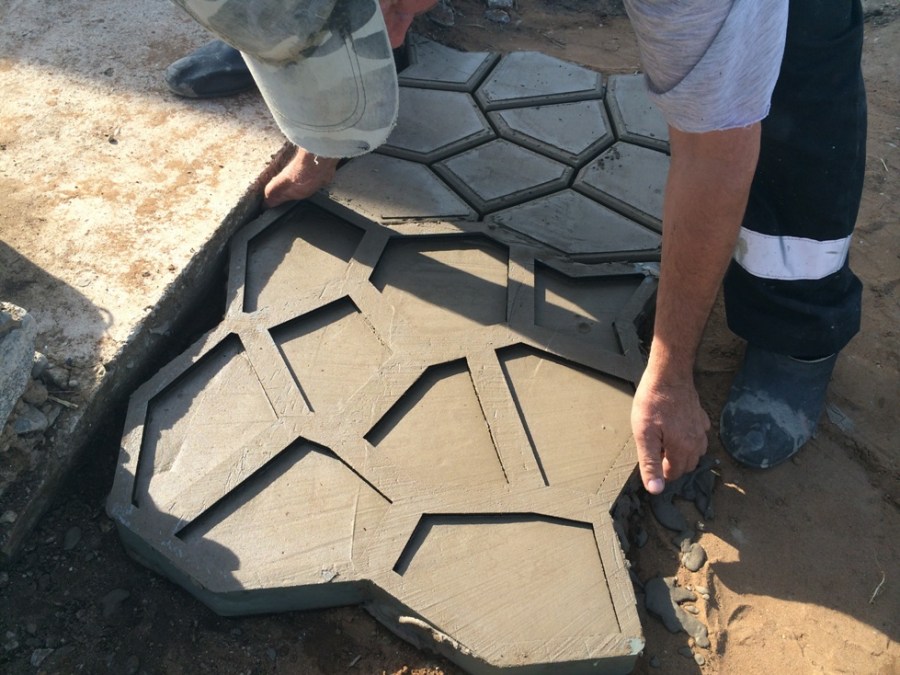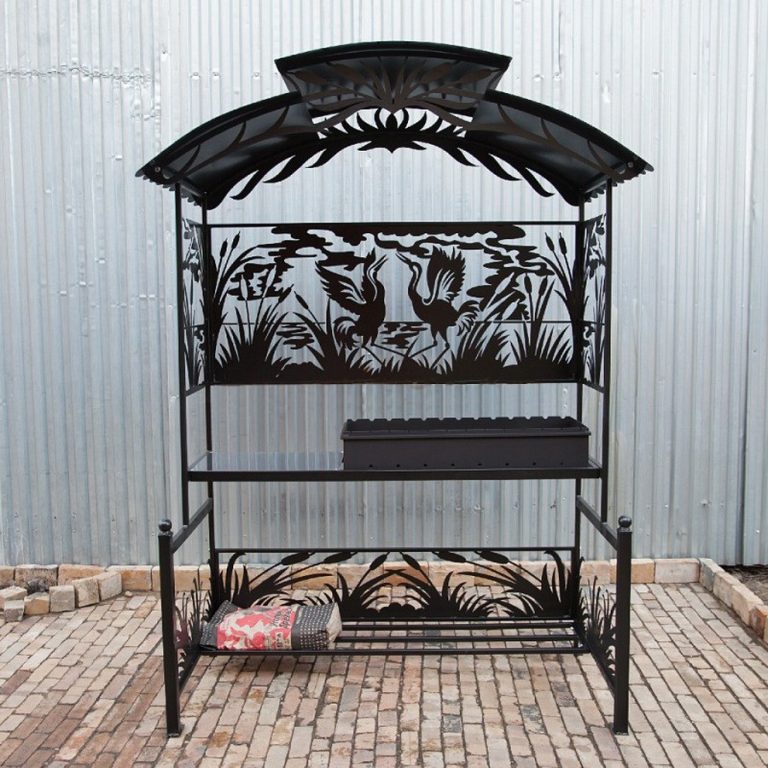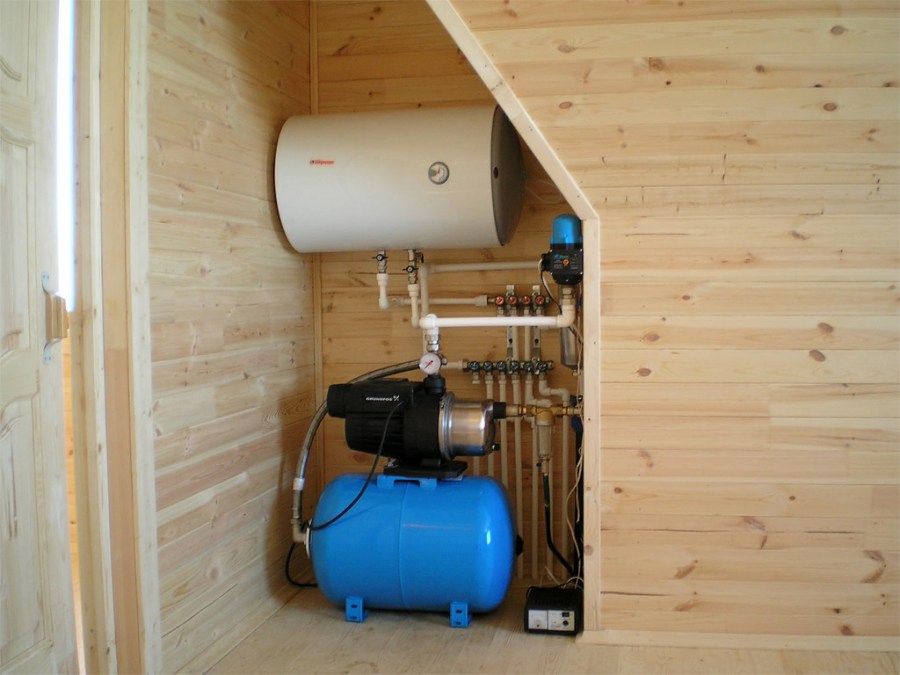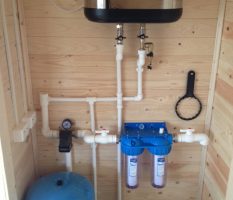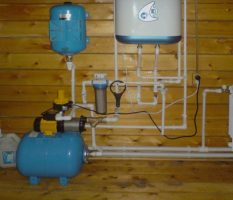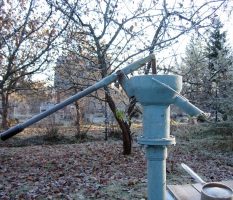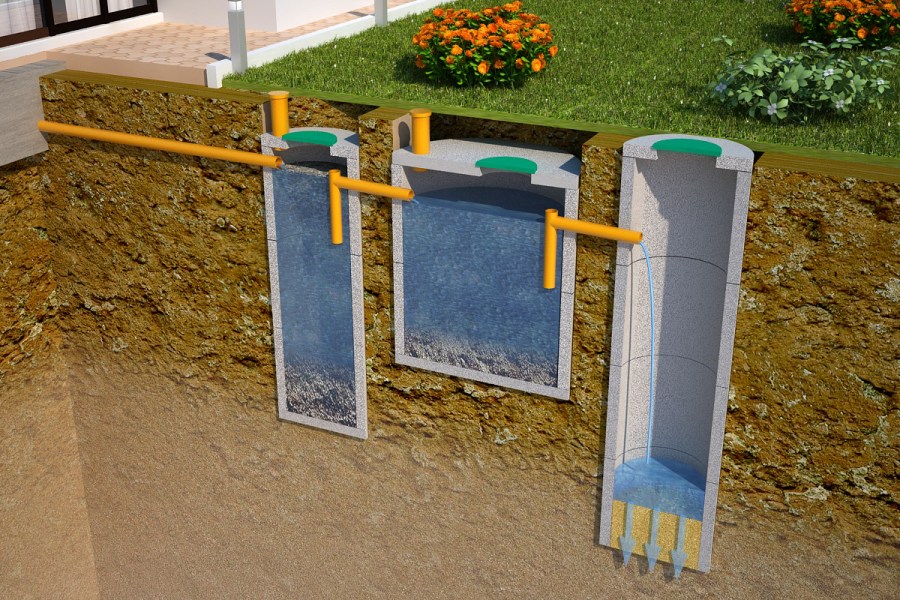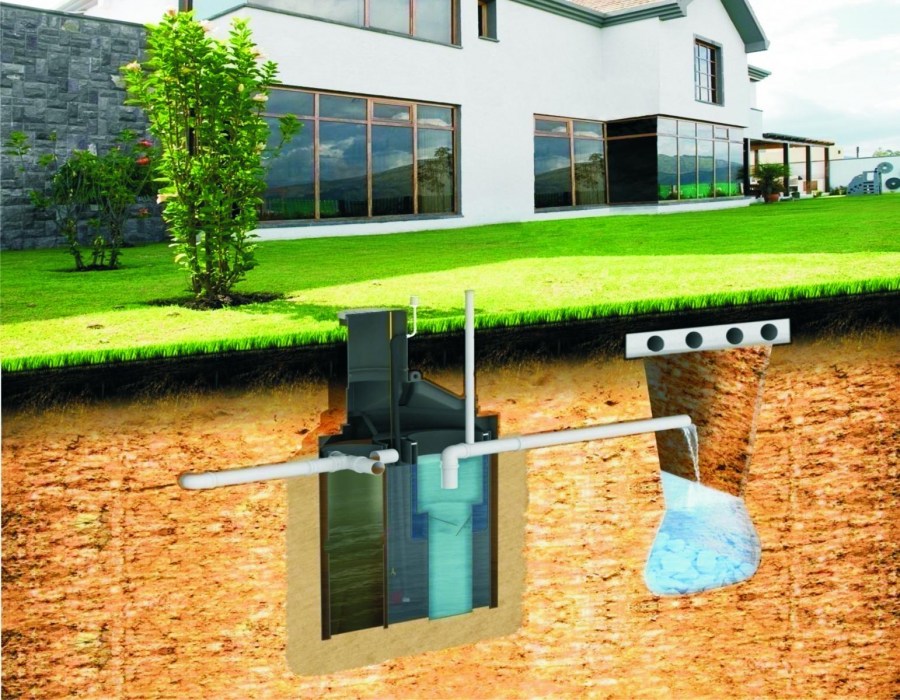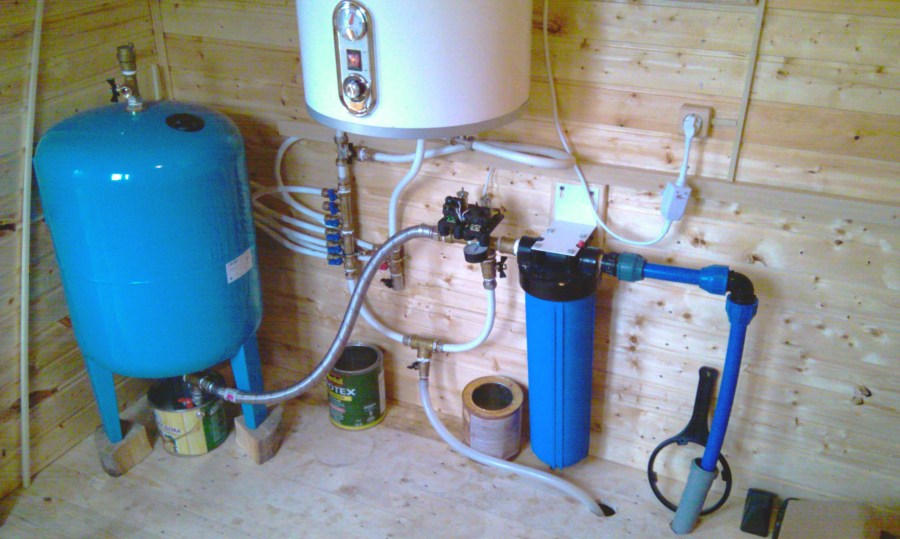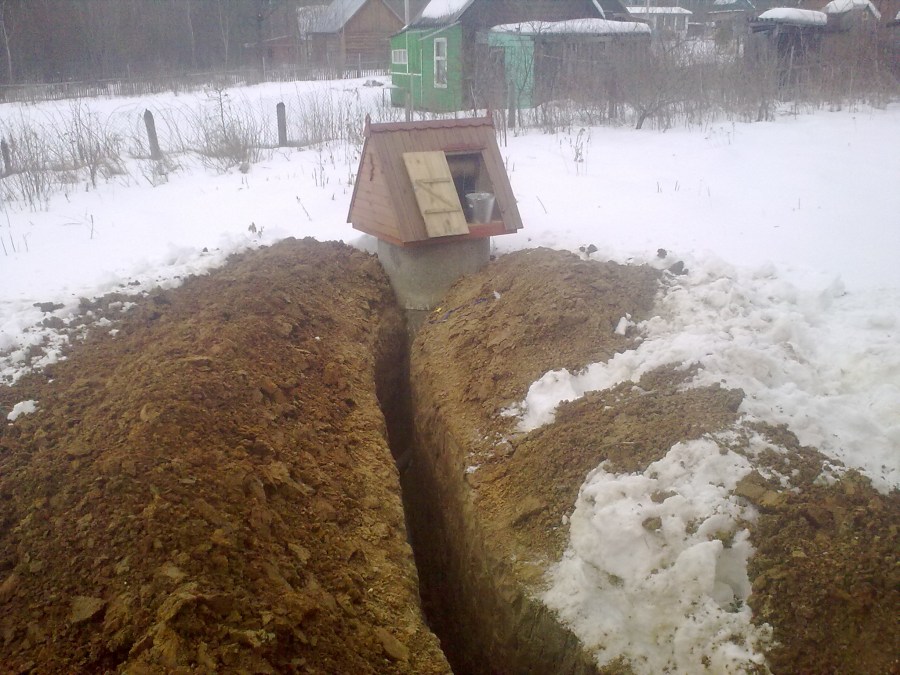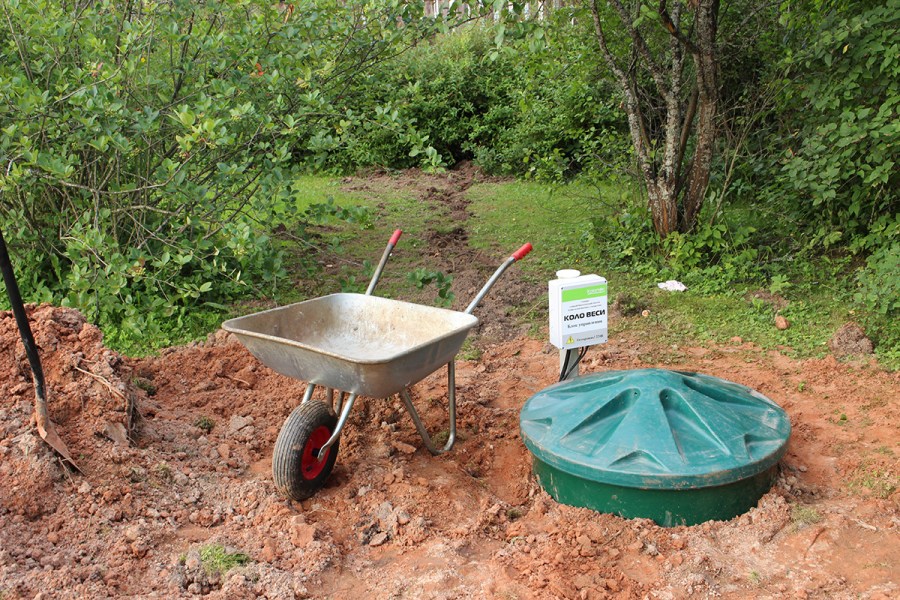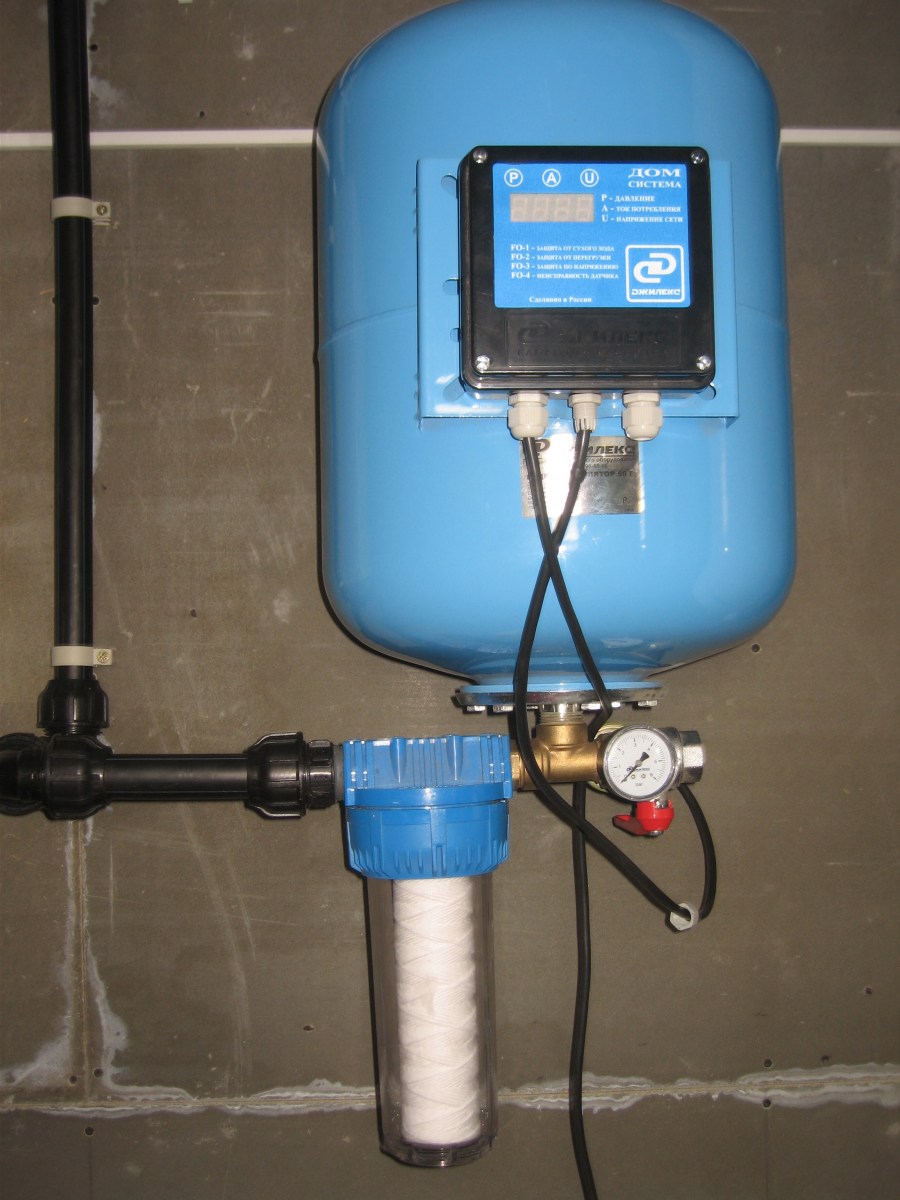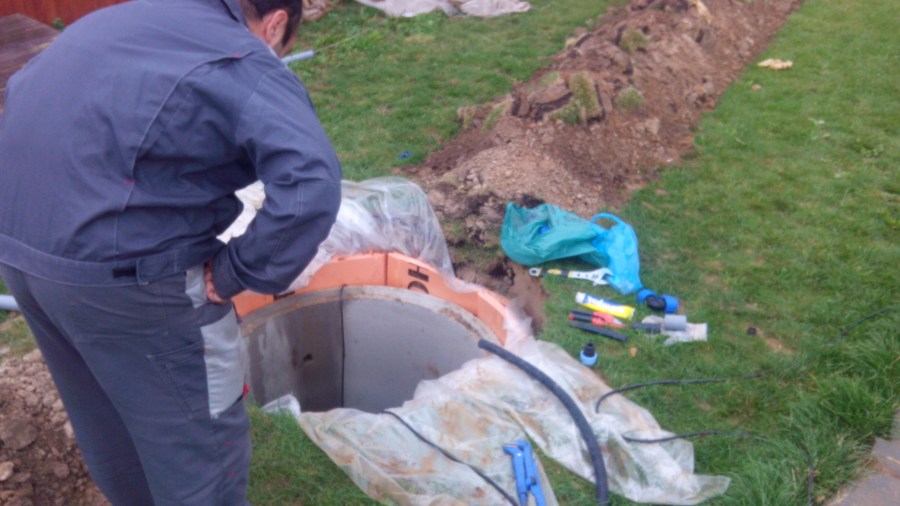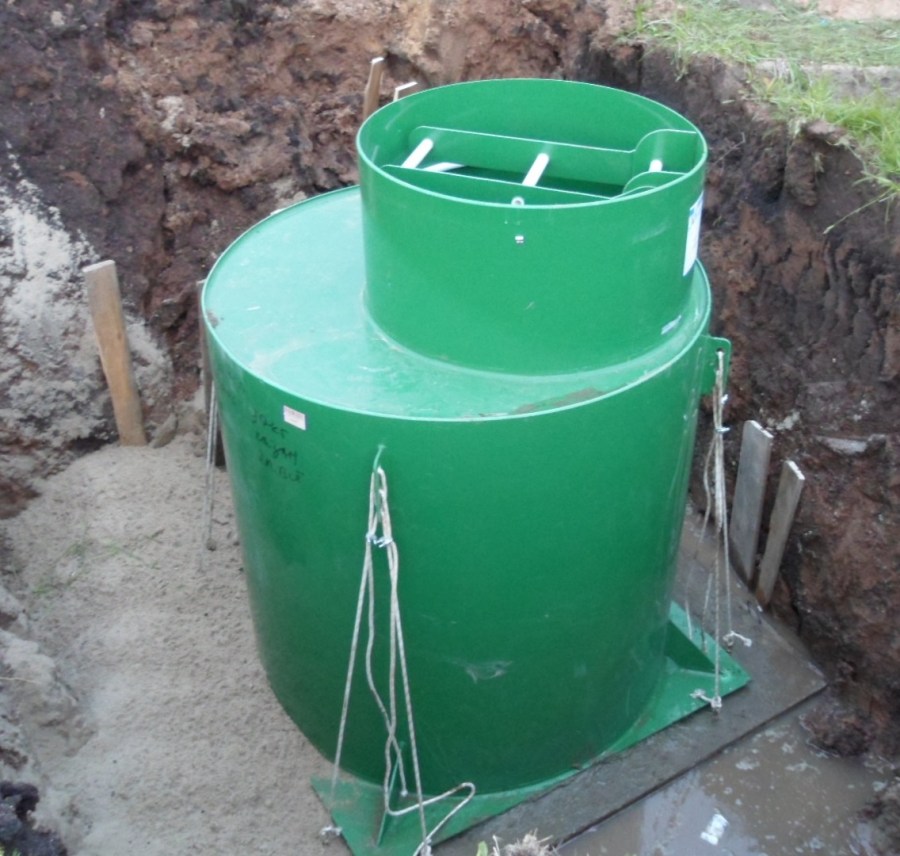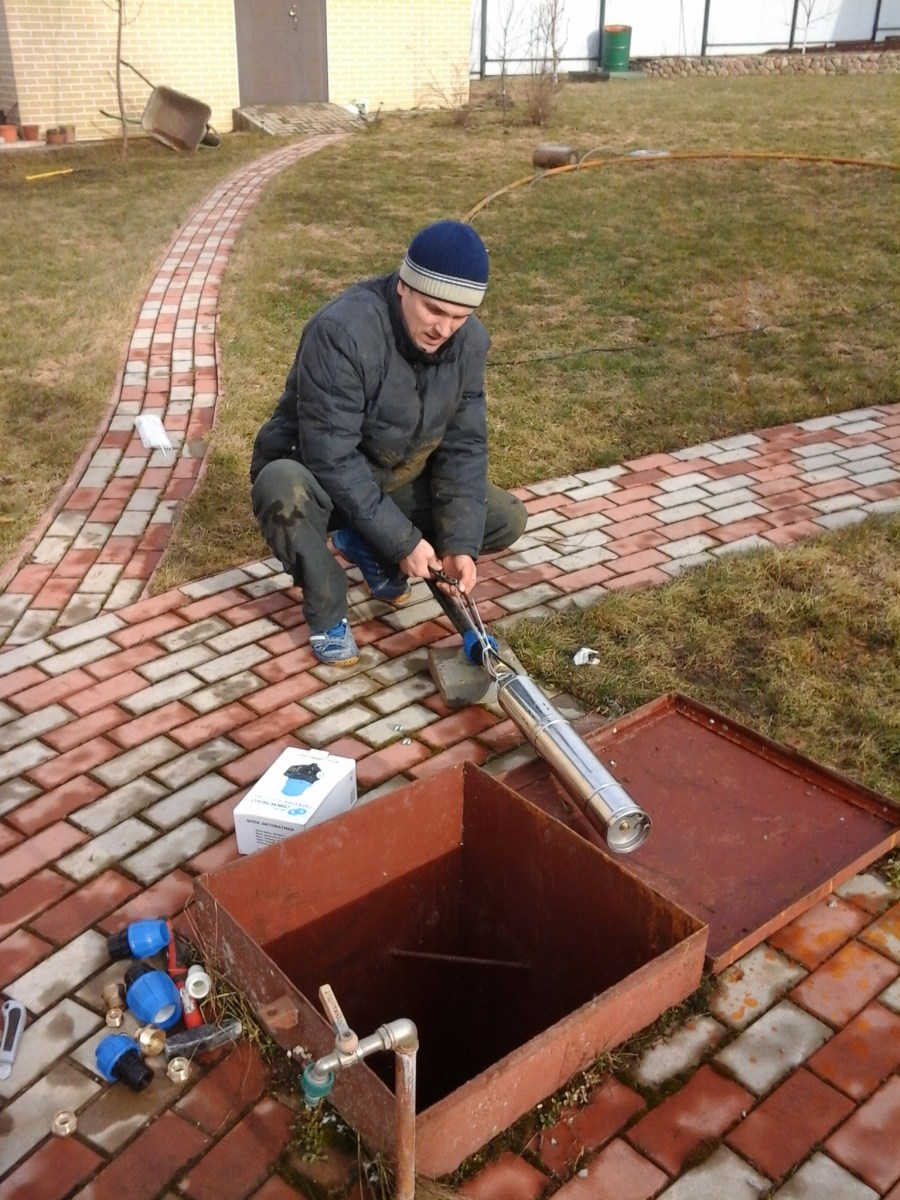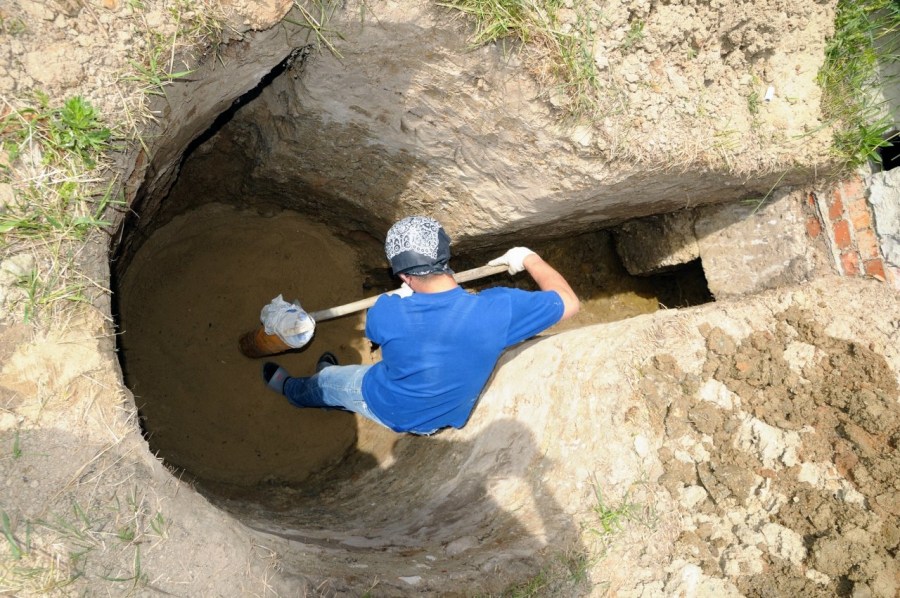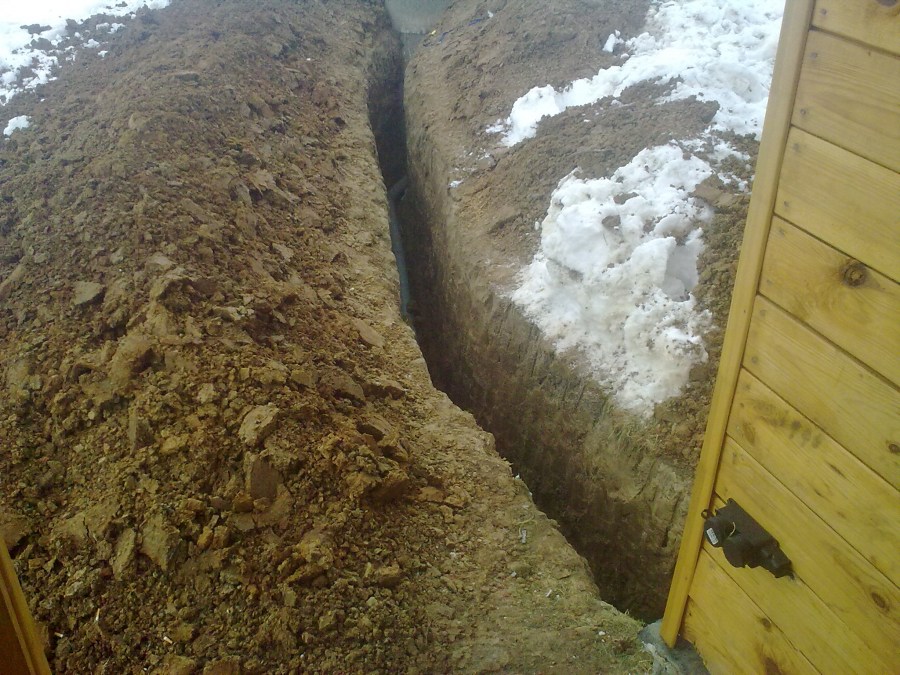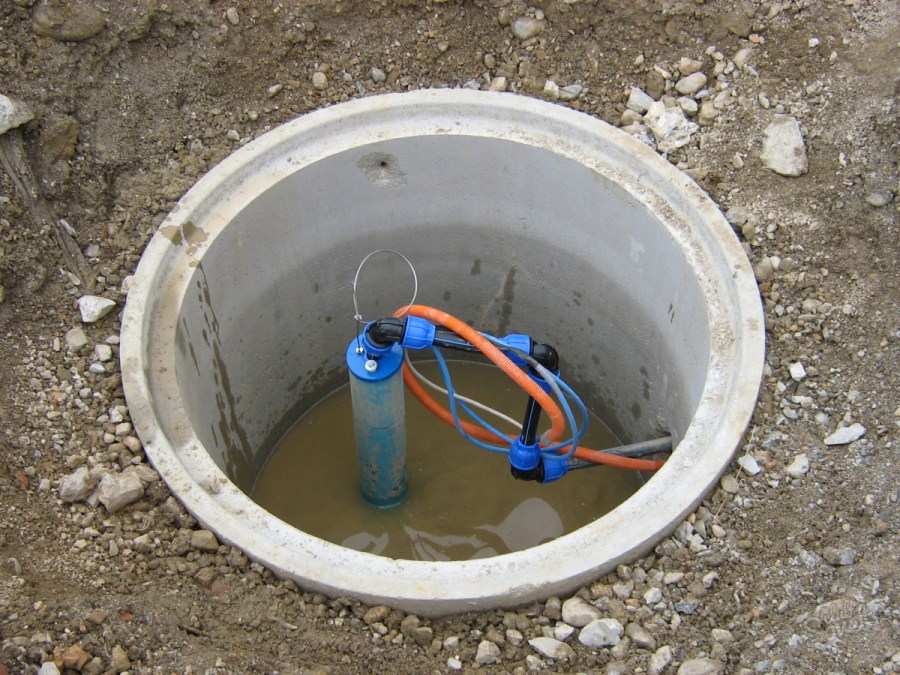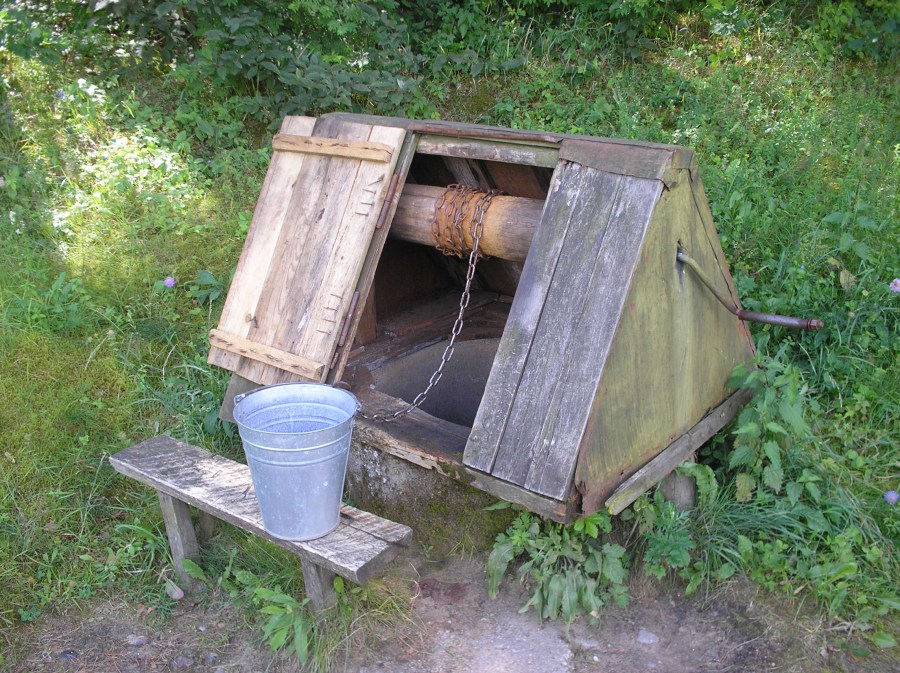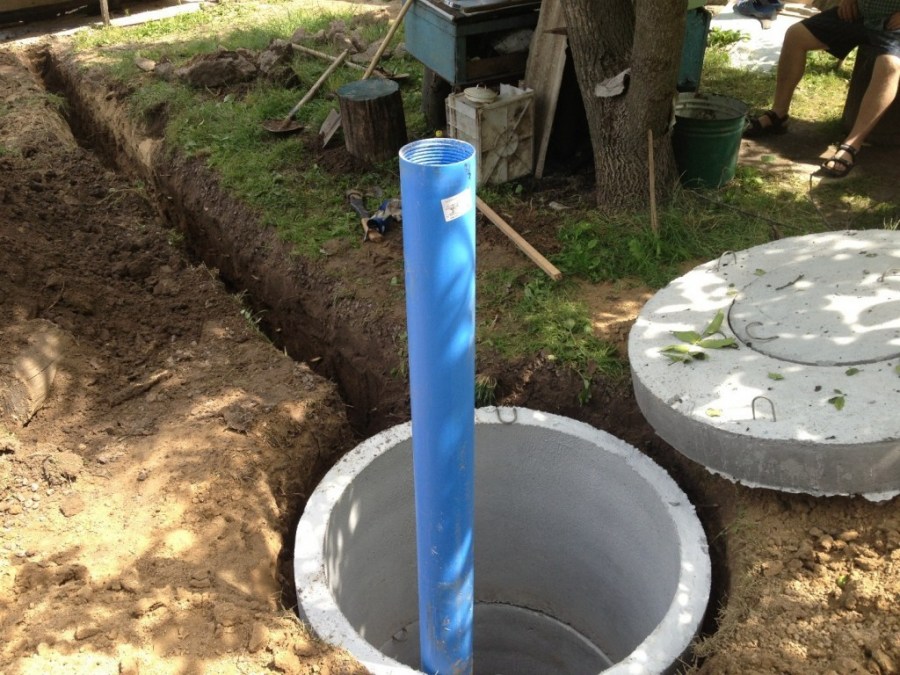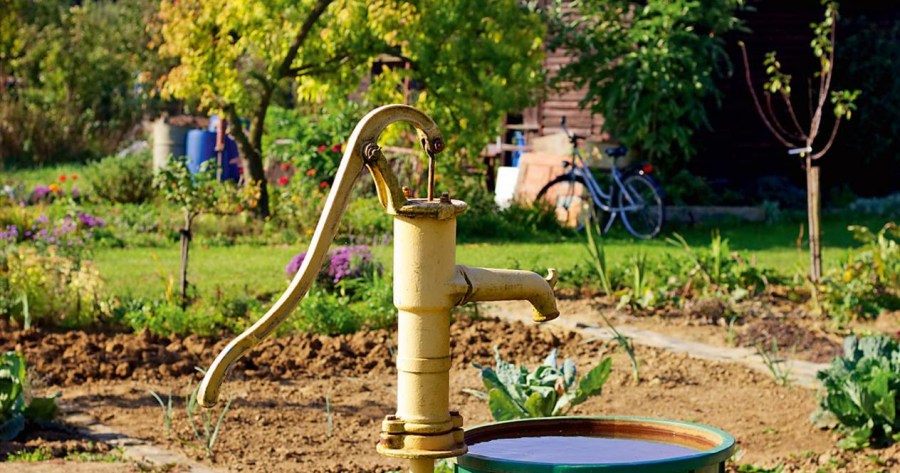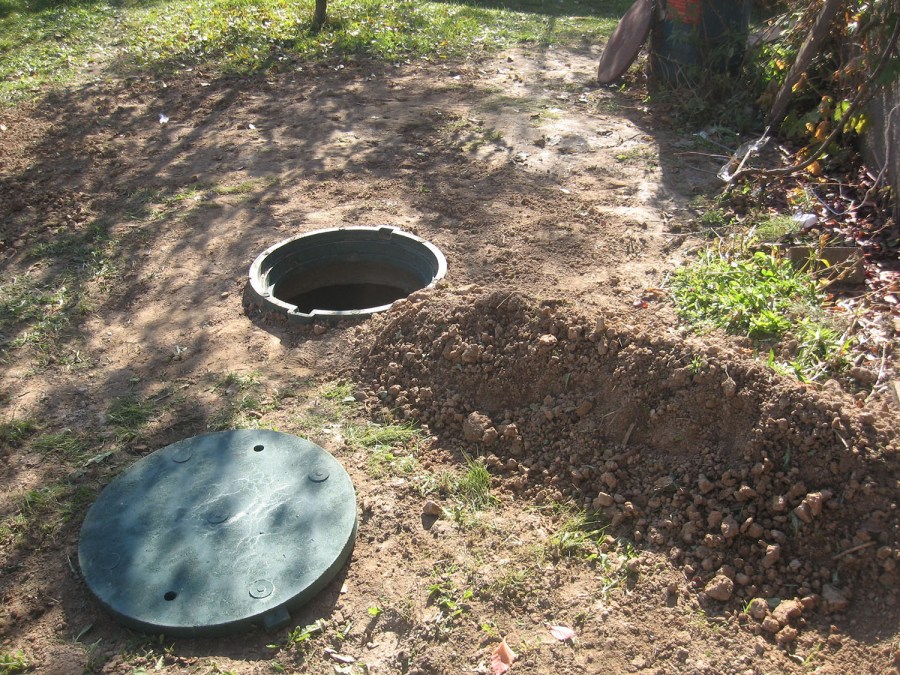Water supply in the country: the construction of an autonomous system with your own hands. 140 photos of projects and schemes
A summer house should be comfortable, convenient, cozy, it should have the whole range of vital amenities, which, in turn, are provided by a properly organized and implemented infrastructure. One of the key elements in ensuring the required level of comfort is the water supply system.
The quality of your vacation will largely depend on how technically competent it is made, and for those who are engaged in gardening in the country, providing enough water is absolutely necessary. Just viewing photos of water supply in the country, which can be found on specialized sites, will not be enough.
Creating the infrastructure of your site, it is necessary to correctly design the technical part, carefully think over and develop the entire system, and for this it is necessary to take into account the fundamental features and rules for constructing engineering communications. It is about secrets, about the implicit nuances of this issue that will be discussed in this article.
Water sources in a summer cottage
Some areas may already have their own natural source: spring, stream, etc. It is quite suitable for irrigation and technical needs, but as a drinking source, such a source will not work. In some cases, an exception can be made for the spring, but it cannot guarantee complete safety.
In most cases, to obtain drinking water at homesteads and summer cottages in our country, two types of sources are popular: a well and a traditional well. Since each of them has its own characteristics, it is necessary to describe each.
Well
A modern, completely safe and convenient source of water for your site. The well is drilled to artesian waters, because it is also called artesian. The depth of the borehole can reach a depth of 200 m. However, in most cases it is enough to drill 30-50 m.
You must remember that if the depth is insufficient, there may be seasonal interruptions, as well as a decrease in quality during floods and rains.
The main advantages of the well should be considered the following points:
- You can drill at any site, in any place convenient for you;
- The water is environmentally friendly and completely safe for health;
- Use special filters is not necessary. This simplifies the system and allows you to save;
- Durability of the source;
- Quality depends little on seasonal and weather conditions;
- The possibility of year-round use.
However, with all its advantages, the well has a number of disadvantages:
- The impossibility of independent drilling. You definitely need to contact specialized organizations;
- The high cost of drilling;
- The need for special documents for drilling a well;
- Difficulty in maintenance.
Nevertheless, the well is justifiably popular among summer residents, as it is a convenient, renewable and clean source of tasty, high-quality water.
Well
In general, water supply from a well is also widespread and enjoys well-deserved popularity, which is explained by the following specific advantages:
- He can dig a well on his own;
- No need to apply for permits;
- Ease of maintenance;
- Ease of use.
However, the use of a well as a source is limited due to specific disadvantages that are impossible or very difficult to eliminate, namely:
The difficulty of using the source is winter time. In general, for year-round use it is necessary to build special warm rooms above the well itself;
Seasonal effect on quality. In spring, when heavy snowmelt begins, as well as during heavy rains, water quality can deteriorate significantly;
Pure water, as a rule, is at a depth, therefore it is necessary to use a system of special filters in the intake and transportation system.
For water intake, you can use special pumps or dial manually, using simple devices made independently.
The principle of operation and the device of country water supply
So, let's try to describe the general structure of the water supply system of a country house, of what elements consists of their features.
In the most general form, we get:
A source. As indicated above, there are two main types of sources. Natural, as well as others, we will not consider in this article, since they are not widespread, and their use is limited for a number of objective reasons.
Water intake system. This is usually a special electric pump. A manual option is possible for a well, but it cannot be considered acceptable, because modern conditions make it possible to choose a pump of the desired type, quality and price.
Moreover, manually applying water for a bath or watering is a very difficult task physically. Thus, as an intake system, only electric pumps or pumping stations can be considered acceptable.
Types of pumps
Deep. Such pumps are immersed in water and provide a column height of up to 150 m. For deep pumps, it is not necessary to build a special room, they are more reliable, high-quality, but for all that much more expensive.
In addition, for periodic maintenance, they must be removed to the surface, and this is associated with certain difficulties.
Another feature - it is necessary to supply power to the pump, and since it is located at a depth, wiring must be done carefully and with strict observance of all electrical safety requirements.
Surface mounted or surface mounted pumps. In this case, the name speaks for itself. Use such pumps in cases where the water is not too deep.
The main advantage is ease of maintenance, but they need to build a special warm room. Another specific drawback is the increased noise level, although it can be easily solved by using special sound insulation of the room where the pump is installed. In general, the performance and cost of such pumps are much lower in comparison with the deep ones.
A system for transporting water from a source to an end user. In the most general form, these are just pipes for water supply. Moreover, they can be located both on the surface, then it is necessary to provide for their thermal insulation, and underground.
Recently, plastic pipes have become widespread. They have a number of undoubted advantages: durability, ease of installation and maintenance, low price.However, they have less mechanical strength.
Tanks for storing water supplies. These can be special tanks installed in the yard and designed to store supplies for watering the garden, as well as tanks for showers or baths. In addition, accumulators can be installed in the basement, their purpose is the storage of drinking water.
In some cases, a hot and cold water supply system is created at the summer cottage. In this case, special water-heating stations are used, mounted on the end sections of the system.
The advantages are obvious, however, the complexity of the design, maintenance, high cost and high energy consumption, limit their use.
We build a water supply system in the country
First of all, you need to carefully consider how and what you will do. Decide on the source, think over and decide which pump will be used. Decide where the water will be supplied, think about where the containers for storing its supplies will be located, how and where the pipes will pass.
The result of all preparatory measures should be a well-thought-out and competently drafted water supply system.
After the project is ready, if the source is a well, then all the necessary documents are ready, you can start work. Remember that it is best to start in spring or early summer: you should have enough time to check and break in the entire system.
When doing your own water supply, try to adhere to a specific, pre-thought out work plan. Before you begin, show your water supply scheme to a specialist, maybe he will advise and correct something.
Note that recently, for centralized water supply, special stations for water supply are often used that automatically track the need for water. That is, when you open the tap, the pumping station starts, when the tap is closed, the station turns off. Their merits are undeniable and obvious.
Photos of water supply in the country
Design of a private house inside - 200 photos of a modern interior
How to drain a site - step-by-step instructions for creating different types of systems (70 photos)
Join the discussion:



